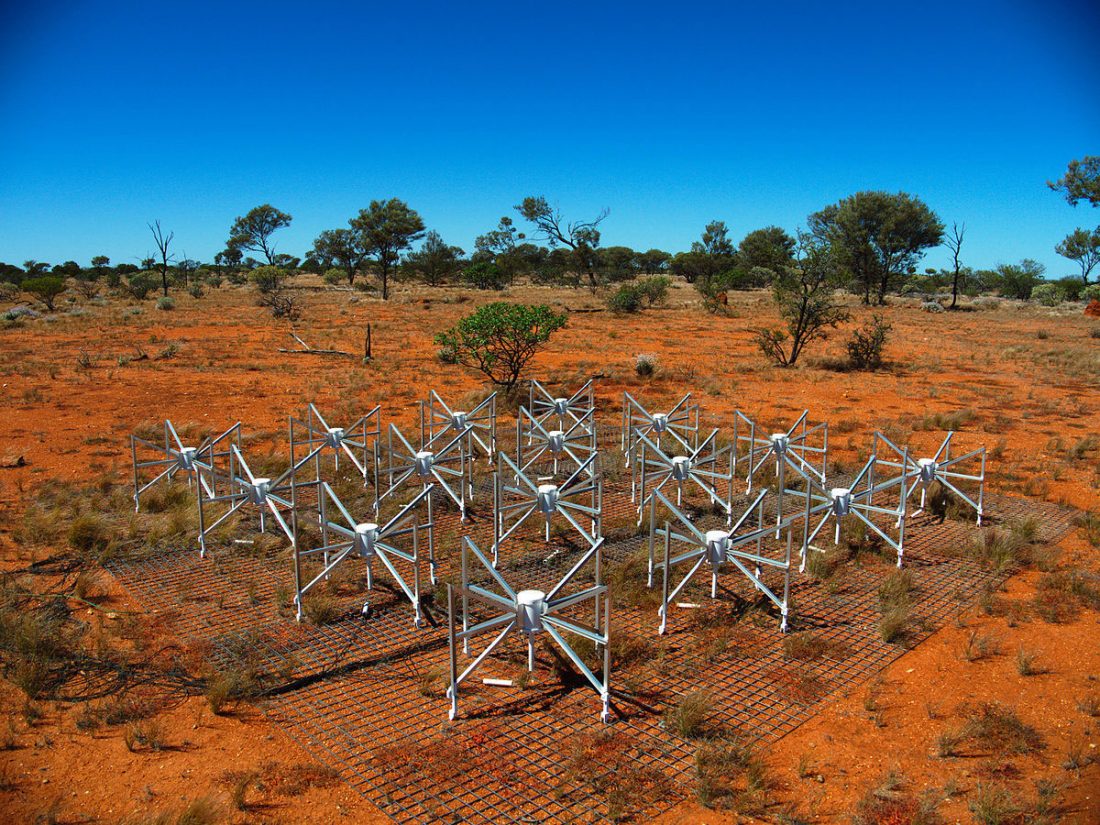
Radio Astronomy
Radio astronomy research at MIT is currently focussed on the development of low-frequency radio arrays and techniques, with an emphasis on mapping neutral hydrogen throughout our Universe via its redshifted 21 cm line. This offers a unique opportunity to probe the cosmic “dark ages” and the formation of the first luminous objects (the Epoch of Reionization). Moreover, because it can map a much larger volume of our Universe, it has the potential to overtake the cosmic microwave background as the most sensitive cosmological probe of the epoch of reionization, inflation, dark matter, dark energy, and neutrino masses. Another topic being pursued with radio techniques at MIT is the detection and characterization of transient emission associated with compact objects and, possibly, gravitational wave sources.
The MIT Kavli Institute is a partner in the Murchison Widefield Array (MWA) project, a low frequency radio array under construction in Western Australia. The MWA is made up of 128 antenna “tiles,” 4X4 arrays of crossed dipoles. Signals from all tiles are brought to a central location, enabling correlation interferometric imaging, as well as custom data processing for other applications. Detecting signatures of the Epoch of Reionization is a key science goal of the MWA.
In addition, the MIT Kavli Institute is developing a novel radio array design, the Omniscope, aimed at dramatically reducing the cost of the much larger future radio arrays required to take full advantage of the cosmological 21 cm signal. By arranging N small, cheap antennas in a hierarchical grid pattern, the signal processing cost can be cut from N2 to N log N and calibration can be fully automated using redundant baselines.

The Murchison Widefield Array in Western Australia